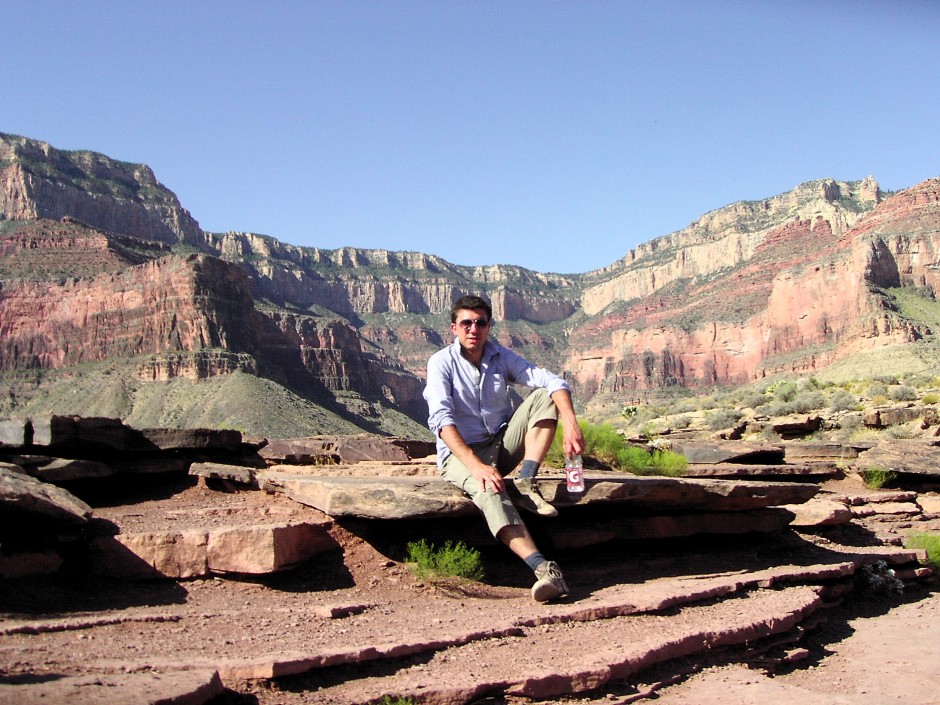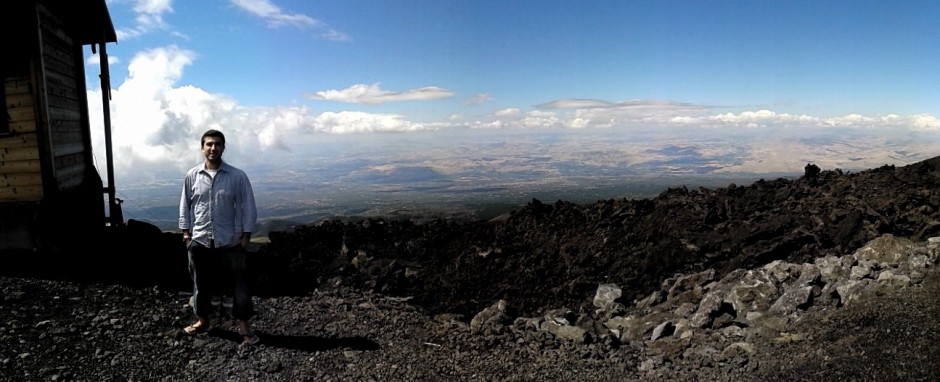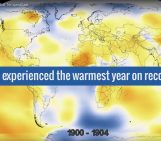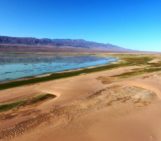In this edition of GeoTalk, we’re talking to Matthew Agius, a seismologist from the University of Malta and the Young Scientist Representative for the EGU’s Seismology Division. Matthew gave an enlightening talk during the EGU General Assembly on how communication on online platforms such as Facebook can help scientists assess the effect of earthquakes. Here he shares his findings and what wonders online data can reveal…
Before we get going, can you tell us a little about you’re area of research and what got you interested in using online communications to complement our understanding of earthquakes and their impact?
My area of research is the study of tectonic structures and dynamics using different seismic techniques. The regions I have studied the most are Tibet and the Central Mediterranean. During my student days many friends wondered about my research and I felt that there was a need to reach out for the public in order to eliminate misconceptions on how the Earth works, in particular about the seismic activity close to home – Malta. This led to the creation of a website with daily updates on the seismic activity in the Mediterranean. We set up an online questionnaire for people to report earthquake-related shaking. The questionnaire proved to be successful; hundreds of entries have been submitted following a number of earthquakes. This large dataset has valuable information because it gives an insight on the demographics in relation to earthquake hazard of the tiny nation.
How can social network sites such as Facebook and Twitter be used to assess the impact of earthquakes?
Nowadays the general public has access to smart phones connected to the internet, which have become readily available and affordable. This resulted in a rapid use of social websites. People increasingly tend to express themselves in ‘near’ real-time online. Furthermore, smartphones are equipped with various technologies such as a GPS receiver and an accelerometer – the basic set up of a seismic station – and also a camera. Altogether this has the potential to provide an unprecedented level of information about the local experience of an earthquake. Its immediate analysis can also supplement instrument-based estimates of early earthquake location and magnitude.
What sort of information can you gather from sites like Facebook or Twitter, and what can it tell you?
Users can post comments as well as photographs directly on a page, say a page dedicated to earthquakes. Such post are time stamped and can also have geolocation information. Although the posted information might seem too basic, the collective data from many users can be used to establish the local feeling in ‘real time’. Another way is to have a specific application that analyses the text expressed by social media users. Similar applications have already been considered in a number of regions such as USA and Italy, and have shown very interesting social sentiment expressed during and after an earthquake shake.
How do the earthquake sentiments relate to the geology? Can you see any patterns between what people say and share online and the intensity of the quake in a particular area?
This is a new area of research that is still being investigated. Earthquake intensity, shaking and damage in a local context, are known to vary from one place to another. These variations are primarily due to either the underlying geology, the seismic wave propagation complexities, or a combination of both. So far various mathematical models have been published for famous areas such as San Francisco Bay; soon scientists will have the opportunity to compare their models with information on people’s sentiment gathered in this new way. Such sentiment is expected to relate to the geology, to some extent.
What are the difficulties of dealing with this sort of data, and how do you overcome them?
This type of data compilation is known as crowdsourcing. Although it is has powerful leads, one has to take careful measures on how to interpret the data. For example one must not assume that everyone has a public social profile on the internet where to posts his/her sentiment. One also has to consider that mobile phone coverage is sometimes limited to cities leaving out large, less inhabited areas without a network. Another limitation can be related to the list of specific keywords used during text analysis, a typical keyword could be ‘shake’; users might be using this term in a completely different context instead of when the ground is shaking! I think the best way to overcome such difficulties is to combine this data with current seismic monitoring systems; upon which an event is verified with the seismic data from across the investigated region.
During your talk you proposed other ideas for data analysis, how can it be used to support civil protection services and inform the public?
Until now social sentiment with regards to earthquakes has been studied through the use of Twitter or Facebook. But citizens are also making use of other online platforms such as news portals. All this information should ideally be retrieved and analysed in order to understand the earthquake sentiment of an area better. Furthermore, such studies must also be able to gather the sentiment in multiple languages and establish geolocation information from clues in the user’s text. I think it is time to implement a system to be used by civil protection services, whereby immediately after an earthquake has been established, an automatic alert is sent via a dedicated phone app and, at the same time, a web bot crawls the web to ‘read’ and analyse what people are expressing across multiple platforms. A felt map can then be generated in real time. This could be very useful for civil protection services during a major disaster, helping them to redirect their salvage efforts as civilian phone calls become clogged.
Matthew also mans Seismoblog, a blog dedicated to the young seismologists of the European Geosciences Union – keep up with the latest seismology news and research on Seismoblog here.





